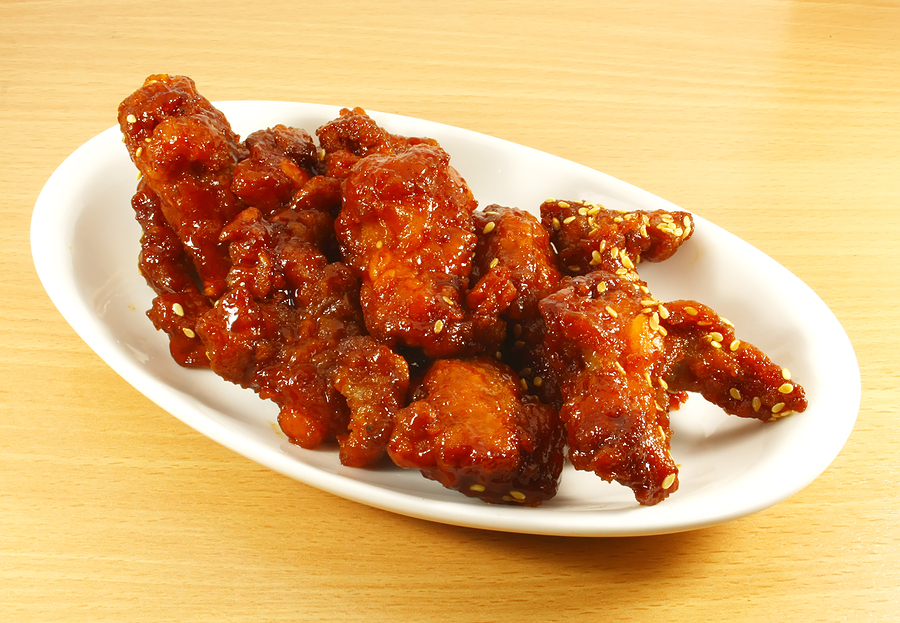Seasonal Affective Disorder (SAD) and Diet
By Gabriele Fantelli
SAD (Seasonal Affective Disorder) can create seasonally fluctuating depression symptoms, and is very common in those countries that have dramatic seasonal changes in daylight hours. It is estimated that in Northern Europe 12 million people suffer from this condition and around 2 million in the UK alone.
Low levels of serotonin in the brain as a consequence to a lack of exposure to sunlight can cause this condition. Also referred to as “the winter blues”, SAD symptoms usually start in late autumn with the onset of the shorter days and can peak throughout the winter months when days are at their shortest and nights are cold and long.
Symptoms can include
• Tiredness,
• Lack of energy,
• Anxiety,
• Unsociable behaviour,
• General depression,
• Lack of concentration
• And food cravings; including over eating, and over indulging in sugars and carbs.
During these months we should really get out and expose as much flesh as possible to the daylight (let’s not freeze though!) this boosts out Vitamin D (an important nutrient produced through exposure to sunshine).
It is also useful to observe a strict routine in terms of what time we go to bed, awaken in the morning and eat. For more on this see our SAD guide.
The food we choose to eat during the winter months can also play a very important part in relieving the symptoms of SAD. Serotonin is derived from Tryptophan and we should be able to boost our levels of Serotonin by enriching our everyday diet with Tryptophan – rich foods.
Foods rich in Tryptophan
Lean meat –turkey, chicken, beef, lamb, pork.
Fish – salmon, cod.
Dairy – plain yoghurt, milk, eggs, cheddar, cottage cheese, parmesan.
Nuts – almonds, pistachios, pecan, hazelnuts, peanuts/soy nuts.
Seeds – poppy, pumpkin, sesame seeds.
Pulses – lentils, chick peas (hummus).
Legumes – kidney, lima beans, soya.
Vegetables – spinach, watercress, cabbage.
Wholegrains – porridge oats.
Fruits – bananas, pineapple, plums, dates, figs, prunes.
Misc. – white flour, white rice, unsweetened cooking chocolate.
Recipe to try
Boost your “Tryptophan” intake with this “seriously sticky and messy” Hot ‘n’ spicy Spare ribs recipe.

Ingredients
1kg of pork spare ribs
1 bunch of spring onions (chopped)
Salt and coarse ground black pepper
The rub
1 tbsp of five spice powder
2 tsp of chopped chillies (or as much/little as you can take!)
Pinch of salt
The glaze
3 tbsp of honey
1tbsp of olive oil
2 garlic cloves (finely chopped)
125ml of soy sauce
4tbsp of sesame seeds
Method
Preheat the oven to 200C – Gas mark 6.
Mix together the ingredients for the rub. Place the ribs into a bowl, sprinkle the mixture and rub it in.
Put the ribs in a large baking tray and cook in the oven for 40 to 50 minutes.
While the ribs are cooking, prepare the glaze. Put all the ingredients for the glaze into a pan and warm on a low heat until they are all well mixed together and the honey has melted.
Take the ribs out and pour ¾ of the glaze all over them, sprinkle the sesame seeds and chopped spring onions, season with salt and pepper and return them to the oven for another 15 minutes.
Once cooked, take the ribs out of the oven and place them onto a large plate, reheat the remaining glaze and use it as a dipping sauce.
Serve with a mixed salad or fluffy fragrant boiled rice or even mashed potatoes and enjoy your truly sticky winter warmer.
Please also see our other recipes to try






